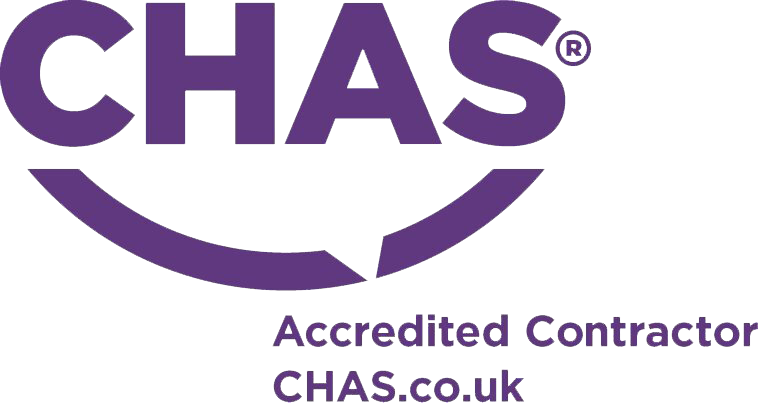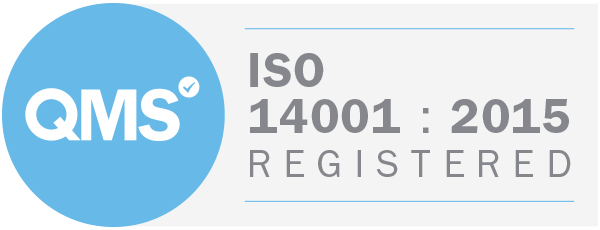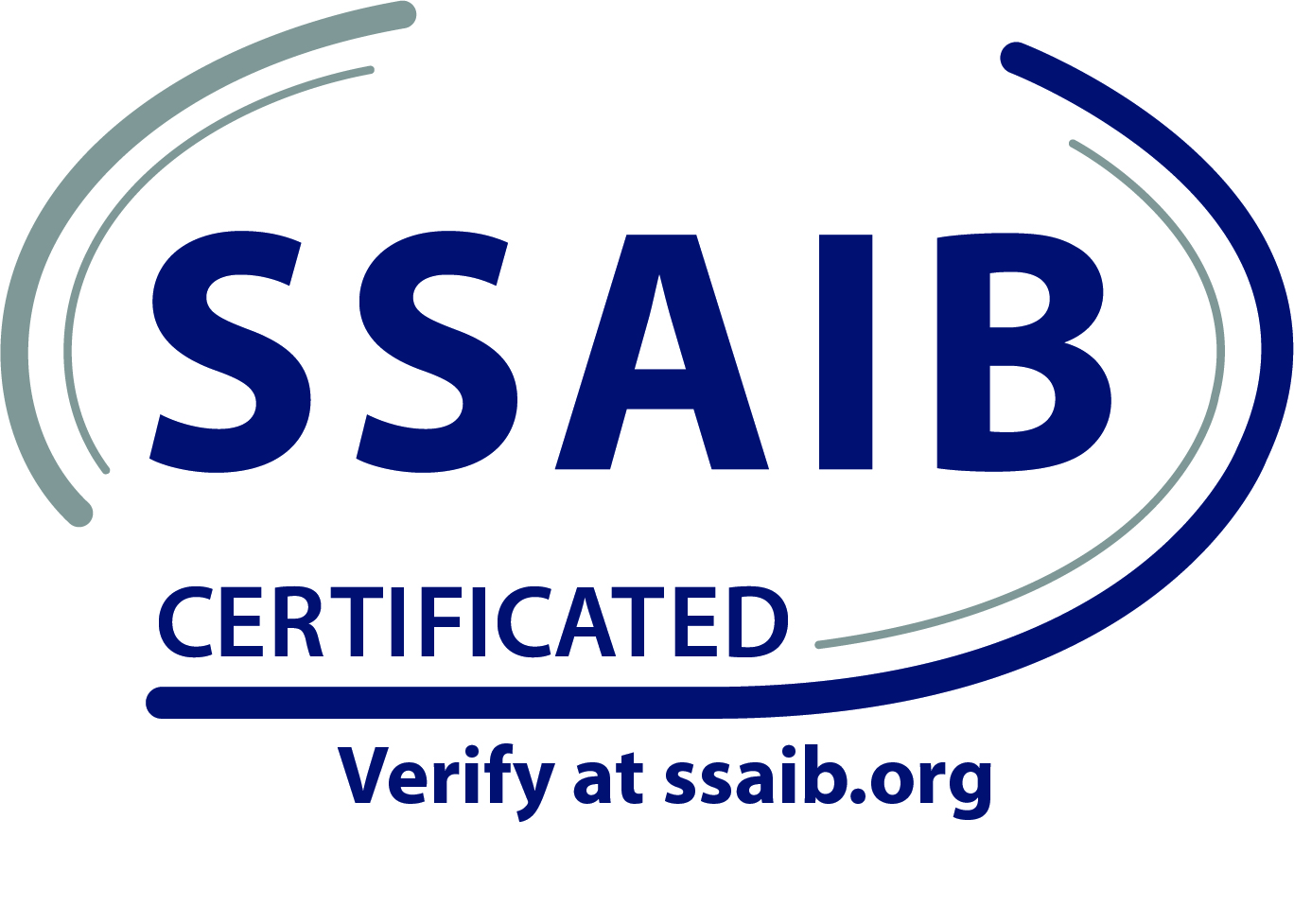Access Control Security
Access control security ensures the most significant level of protection for a workplace, its premises, and employees as it reduces security risks. The access control prevents unauthorized intruders from stealing or damaging property.
Around 60% of companies use access control solutions that become outdated every year; using this obsolete access control system is meaningless. Hence, companies need to assess and evaluate their access control security regularly.
This article includes extensive information on the importance of an access control system and the process that manages visitors’ access. So, read this article to develop your insight into the access control system.
Importance Of Access Control Security
Identifying locations that require control and security is the first step in developing an access control plan. Some vulnerable sites, such as the building’s main entrance, turnstiles, elevators, parking lot barriers, or a server room door, are visible. At the same time, many are hidden, so you must carefully assess every vulnerable site.
Don’t forget that the main entrance is a reception area where guests and staff need to show their identification and check is made on them.
Access control can be of various types; however, if there is no other way to check in, turnstiles can be placed close to the main door as a means of access control. Fingerprints, turnstiles, key fobs, and key cards can also be installed in areas or floors requiring security.
Relevant Article: The Benefits Of Access Controls Within Your Building
Some Prominent Areas That Need Access Control Security
Let’s have a look at places where your workplaces need to install access control security:
- A parking lot is one of the riskiest places for a company – it is essential to protect it with a gate or barrier that only allows entrance for authorized users or visitors.
- Besides the parking lot, it is crucial to identify other regions exposed to incursion and need security management. Emergency exits, windows, and unlocked exterior doors are vulnerable spots where burglars might sneak in undetected.
- Access controls can also be used in elevators to limit the number of passengers or to restrict access to specific people.
- Other areas pertaining to security risks are head offices, storage facilities, or conference rooms because these places keep sensitive data.
- Lobbies, stairways, elevators, and passages are also vulnerable, so they also need to prevent crowding.
Level Of Access Management
Determining who has access to particular places and who decides on access levels is equally as critical as selecting regions to secure. These access control solutions fit into four different categories for access control security:
Discretionary Access Control
The owner decides people’s access to particular sections under this paradigm. This model’s issue is that the individual with discretion can lack the security knowledge necessary to provide permissions. The permission should be granted based on a complete understanding of risks and access control weaknesses. However, this concept only works well in areas with little security risks.
Mandatory Access Control
In the mandatory access control model, the security administrator—typically someone with security knowledge, such as a chief security officer or an IT director with security experience—determines access rights. The mandatory access approach is crucial for businesses with the highest level of security.
Rule-Based Access Control
Rule-based access control is used to regulate who has access to certain areas or locations. This model is typically used with other strategies like role-based access control.
Role-Based Access Management
According to this approach, the security administrator chooses an access control list that gives access permissions based on the end user’s role. Consequently, a senior manager provides access to most facilities, while an employee might just be given access to areas needed for work or meetings.
Security Awareness And Training
In addition to choosing the best access control policy, a security administrator should create and implement security awareness and training programs. It ensures that staff members acknowledge their roles and effectively use permissions and access control, security models.
Appropriate training and awareness should be given to staff, such as staff shouldn’t
- Share login information with other workers
- Allow uninvited guests to tailgate
- Disclose private information
- Weak logins and passwords
A Step-By-Step Access Control Process
After identifying the access control areas and establishing the permission for users, the next goal is to work on the access control process.
Authentication
The user authenticates themselves by entering their credentials into one of the several access controls. The user’s credentials must prove their access to a particular location or resource.
Authorization
After authentication, the controller matches users’ credentials with a database to get verification and permission for access. The permission that confirms entrance includes active lockdowns, user permission, and credentials types.
Controlling Access
After receiving permission, the user can enter the space and use the resource. The system blocks access if the credentials are invalid.
Analysis
Security administrators analyze the data of access control devices to check if there are any security flaws or unwanted intrusion attempts.
Identity Management
Access control is a flexible strategy where security conditions can be modified. Security administrators manage the additions and changes of employees to keep the database correct and up-to-date. Some access control security suppliers get the authority to streamline the identity management by synchronizing active users with identity providers.
Audit
Regular audits of identity databases and access control information serve as an extra layer of security as it lowers the risk of vulnerability by identifying expired credentials or system flaws.
Dacha SSI And Access Control Security
If you live in the UK and want a company installing access control, you can confidently choose Dacha SSI.
Collaborating with Dacha SSI is entirely safe for your building and its resources. The Dacha SSI serves its customers with premium quality security devices and advanced methods and charges less than other companies.
The Dacha SSI has earned a valuable reputation in the market due to its innovative security maintenance strategies.
The company deals with every sector: homes, hospitals, educational institutes, leisure, and commercial areas. Besides access control security, Dacha SSI incorporates many other security devices, such as CCTV, intruders, control rooms, analytics, etc.
Dacha SSI installs multi-layered security devices, so there may be no risk left for security.
So, what are you waiting for? Contact Dacha SSI, tailor your access control, and make your property safe and secure!










